Work Package 3: Earth System Monitoring
The overarching goal of WP3 is to facilitate and develop advanced EO methods and applications that respond to critical water resources challenges, modelling, and SOS framework requirements for the selected case studies and beyond. Moreover, support will be provided for the enhancement of Europe’s Copernicus programme and GEOSS services. WP3 will build on the partners’ high level of expertise in analysing products provided by standard Earth Observation services such as the Copernicus Global Land Service (CGLS) or the ESA Climate Change Initiative (CCI). A high level of expertise is key to deriving spatio-temporal aggregates (i.e. spatial datasets calculated using multiple sources) for primary production in water and on land, irrigation, evapotranspiration, or sedimentation from ecosystem state variables. We perform such aggregation on native EO data (e.g., SenCast) as well as by adding value to CGLS and CCI data (e.g., www.bgbphenology.com). WP3 includes 4 tasks.
The objectives include:
-
Understand Environmental Concerns: Gain a thorough understanding of site-specific environmental concerns, EO data gaps, and information needs.
- Develop Advanced EO Products: Create advanced EO products that meet the specific information needs of test sites.
- Integrate EO Products into IWMS: Incorporate novel EO-based products into the benchmarking of the Integrated Water Modelling System (IWMS) to support the definition of SOS.
- Enhance Copernicus and GEOSS Services: Link EO outputs to further enhancements of Copernicus and GEOSS services from an SOS-indicator perspective.
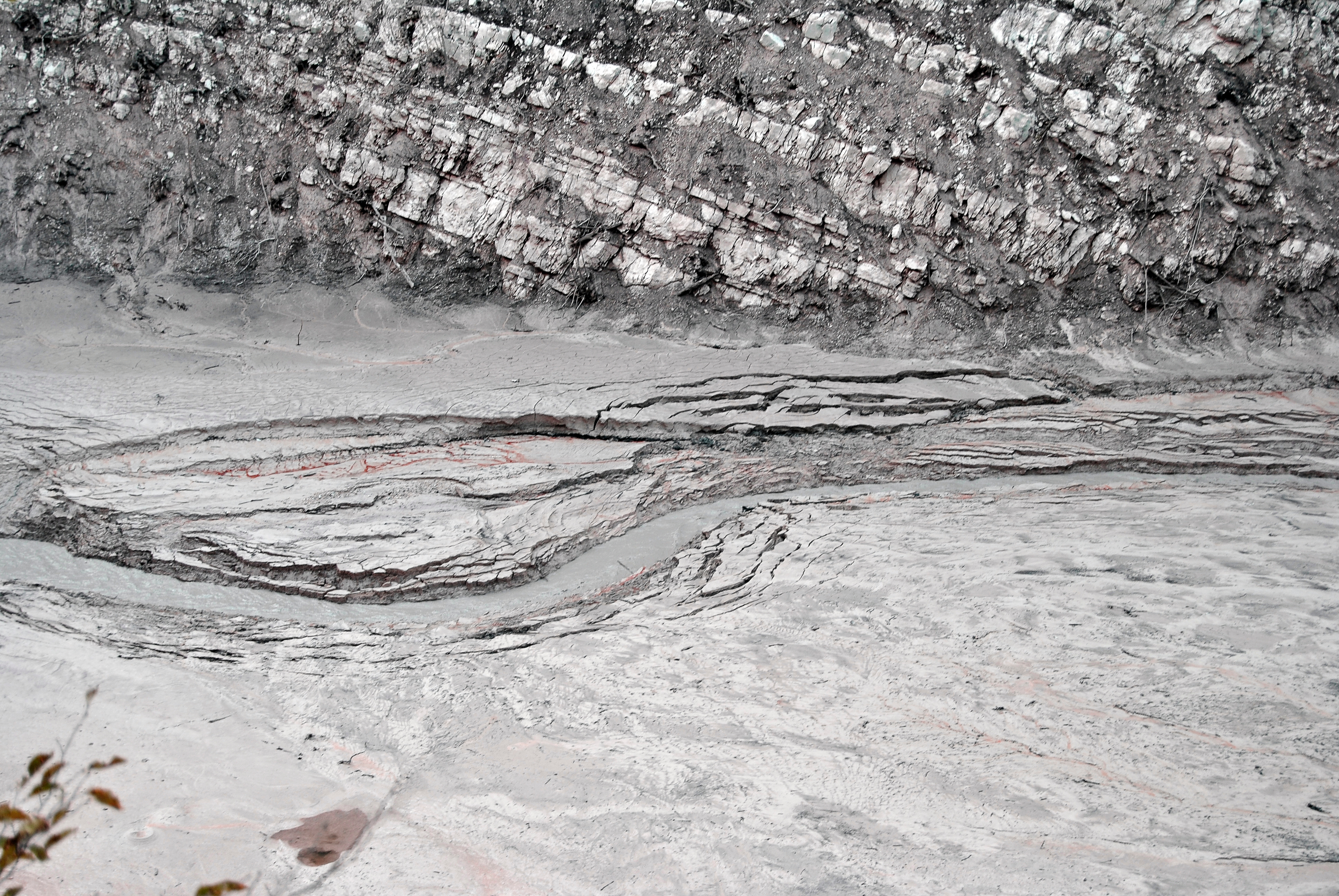
Explanatory video for Work Package 3 with WP3-leader Daniel Odermatt from Eawag in Switzerland
Task 3.1: Monitoring Data Inventory and Database Creation (M1-M6)
-
Lead: EAWAG
- Participants: FUTUREWATER SL, GeoEcoMar, SIWRP
- Description: Review relevant services from Copernicus, ESA CCI, EUMETSAT, and other organizations. Minimize disparities in data collection and reporting, optimize interoperability following FAIR standards, and perform a gap analysis to identify mismatches between water resources challenges and EO data availability. This task contributes to Deliverable D3.1.
Task 3.2: Improved EO Applications (M6-M24)
-
Lead: EAWAG
- Participants: FUTUREWATER SL, FutureWater-NL
- Description: Address mismatches identified in Task 3.1 by developing tailored spatio-temporal sampling methods, additional parameters (e.g., evapotranspiration, cyanobacteria abundance), and value-added derivatives (e.g., phenology, sedimentation, stratification, irrigation products). Focus on customizing and scaling information products for benchmarking IWMS within case studies. This task contributes to Deliverable D3.2.
Task 3.3: Basin-Scale EO Data Integration (M6-M36)
-
Lead: FUTUREWATER SL
- Participants: EAWAG, FutureWater-NL, IIASA, UU
- Description: Integrate EO data from standard services and applications developed in Task 3.2 into the IWMS as auxiliary data or benchmarks for calibration or validation. Link drivers and impacts across aquatic and terrestrial ecosystems and derive transfer functions between EO and model parameters using AI-based methods. Consider basin morphology and spatial partitioning in the analyses. This task contributes to Deliverable D3.3.
Task 3.4: Copernicus/GEOSS Evolution (M36-M48)
-
Lead: EAWAG
- Participants: FUTUREWATER SL, UU
- Description: Identify advanced requirements for geoinformation services from basin scale to global scale. Develop recommendations for the evolution of long-term observation frameworks such as Copernicus and GEOSS based on the value-adding potential of water quality and quantity models and conventional remote sensing product specifications. This task contributes to Deliverable D3.4.
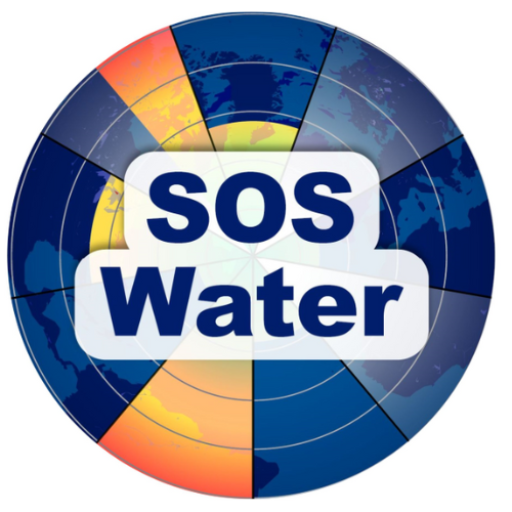


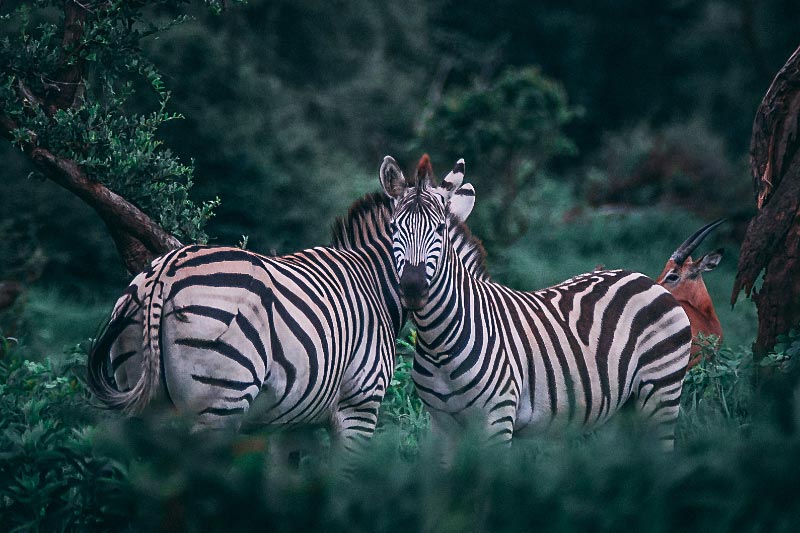
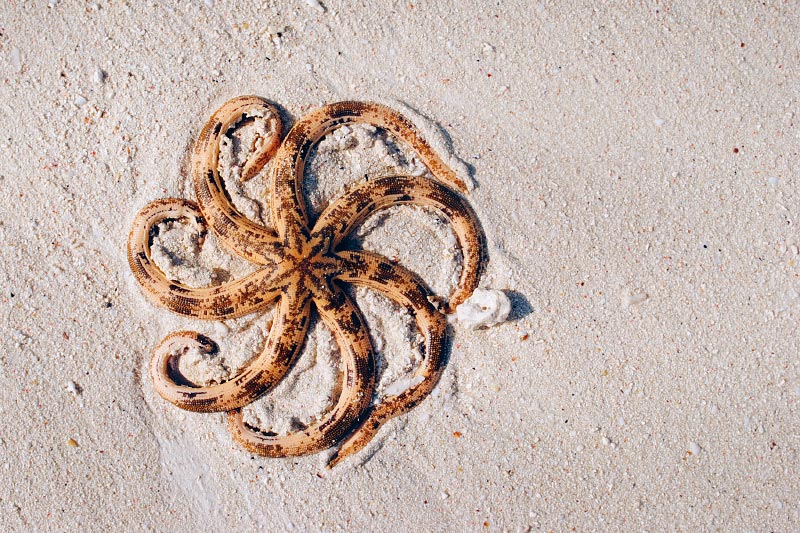

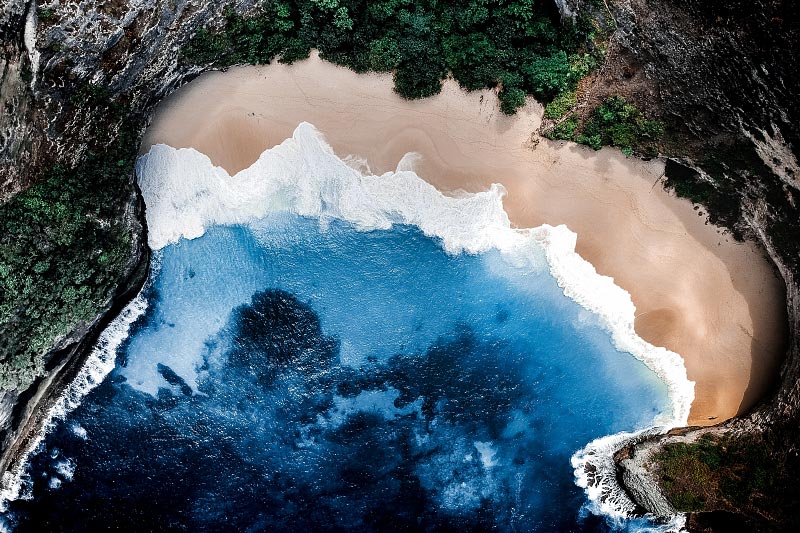

Keep In Touch